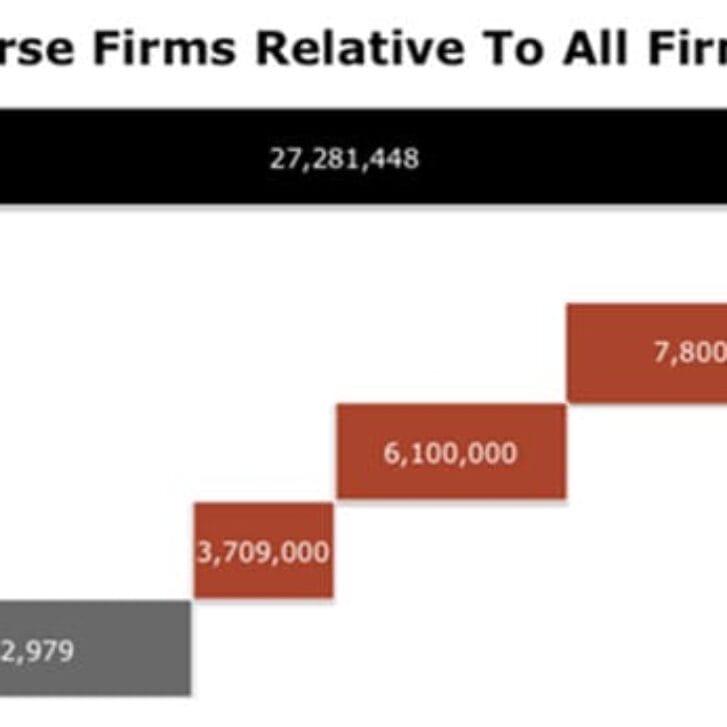More often than not, I’ve found that organizations lack solid procurement processes. They often fail to possess enough high-quality data or top, trained talent (as I explained in Part 1 and Part 2 of this three-part blog about what you need to do to make your purchasing function a strong contributor to your company’s bottom line).
In Part 3 of the series, I discuss two strategic considerations to help make your purchasing function a strong contributor to your company’s bottom line.
3. Add Procurement to the Strategic Business Plan
A colleague of mine has a saying: “If you don’t have time, you’d better have money.”
It’s true. If you incorporate procurement in the strategic business planning process from the beginning, procurement managers have time to understand the organization’s overall needs; time to research markets, vendors and potential solutions—and time to make better decisions, which can translate into bottom-line savings.
If they don’t have the in-depth understanding nor the time, what kind of prices do you think you’ll end up paying?
4. Create a Formal, Centralized Purchasing Process
The best way for purchasing to have a measurable impact is to have a formal process for making purchases. Consolidating vendors, standardizing SKUs and purchasing in greater volume offer opportunities for savings.
A formal process reduces renegade spenders and improves opportunities, especially when you have several locations. I once worked with a manufacturer who discovered that each of its locations was using three or four different types of safety gloves. Once the company was able to determine what types of gloves were most effective, the manufacturer was able to reduce the number of gloves to three and get a price break on the bulk order.
As I stated in Part 1 of this series, fine-tune your procurement process with these four steps before you attempt to implement a supplier diversity program. Then you’ll be well positioned to achieve diversity objectives while saving money in the process.
Editor’s note: Read Part 1 and Part 2 of Rod’s three-part series on “Getting Procurement Right,” which focus on data integrity and personnel, respectively.


























